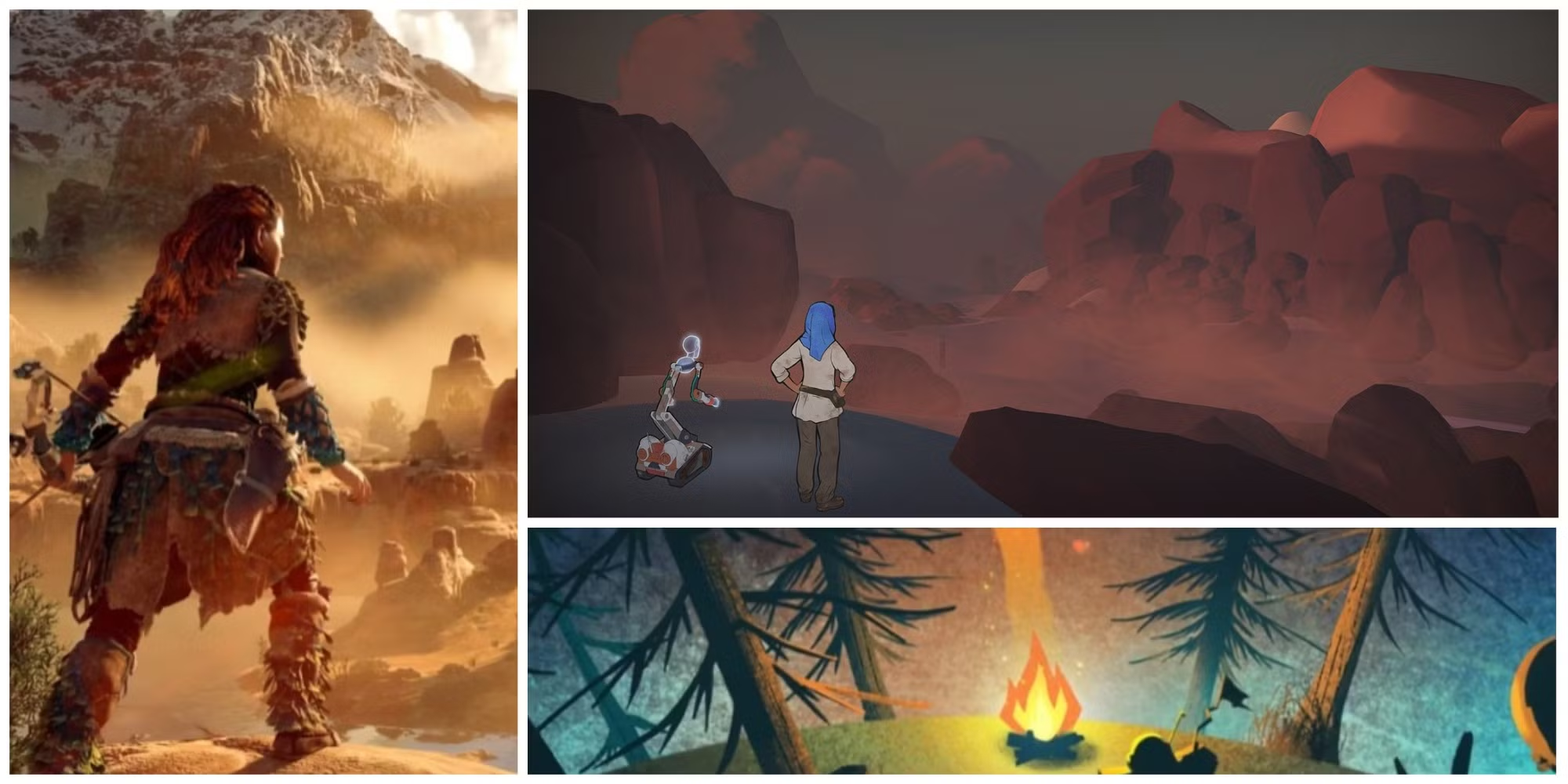
The Evolution of Open-World Games: From Pixels to Vast Universes
The journey of open-world games is a remarkable tale of technological innovation and creative ambition. Starting from the simple, pixelated landscapes of early gaming consoles, open-world titles have evolved into vast, immersive universes that offer players unparalleled freedom and depth. These games invite exploration, storytelling, and interaction on a scale once thought impossible.
Early pioneers like the original “The Legend of Zelda” laid the groundwork by providing non-linear gameplay and a sense of discovery. As hardware capabilities advanced, titles such as “Grand Theft Auto III” redefined the genre by offering detailed city environments teeming with life and dynamic gameplay elements. This shift opened the door for increasingly complex worlds where players could craft their own stories.
Modern open-world games like “The Witcher 3,” “Red Dead Redemption 2,” and “Cyberpunk 2077” push the boundaries further, blending rich narratives with expansive landscapes that respond dynamically to player choices. These universes are not just backdrops but living ecosystems filled with characters, quests, and environmental storytelling that make each player’s journey unique.
As technology continues to advance, the future of open-world gaming promises even more realism and interactivity, potentially integrating virtual reality and AI-driven narratives. The genre’s evolution reflects gamers’ growing desire for agency, immersion, and connection within the digital worlds they inhabit, ensuring open-world games will remain a cornerstone of interactive entertainment for years to come.